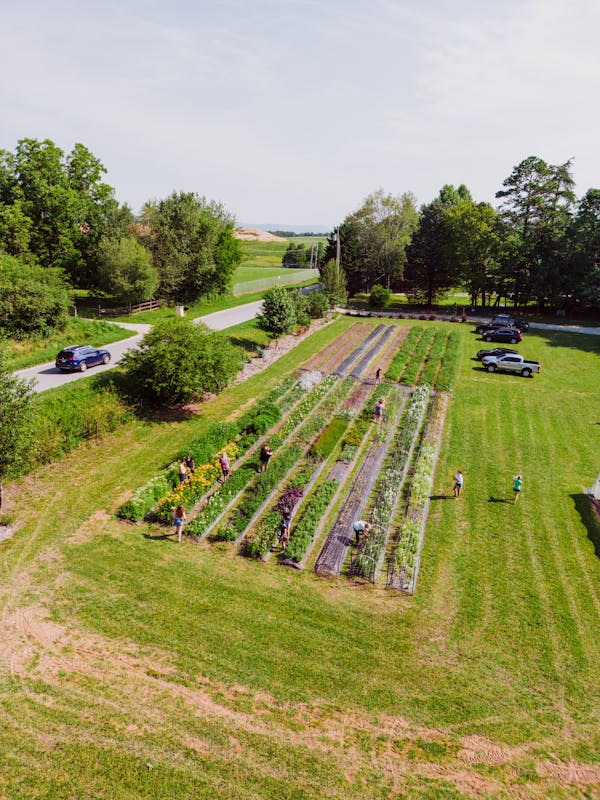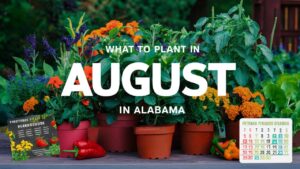Beginning a garden can be one of the most rewarding experiences, providing a practical means to grow your own food and an opportunity to create a beautiful outdoor space. For many gardeners, May marks a pivotal moment in the gardening calendar. The risk of frost is usually diminished, and the warm days ahead encourage plants to thrive.
In this extensive guide, we will dig deep into the various aspects of starting a garden in May, from planning and soil preparation to selecting the right plants and maintaining your garden.
The Significance of May for Gardening
May is often seen as the gateway month to a flourishing garden. The warming temperatures and longer daylight hours indicate that winter’s chill has finally retreated, making it a promising time for planting a variety of seeds and seedlings.
Climate Considerations

Understanding your USDA Hardiness Zone is essential when starting a garden in May. This zone designates your area’s climate and helps determine which plants will thrive in your garden. In many regions, average night temperatures rise above 50°F (10°C), which is ideal for growing warm-season crops. Always check the local frost dates and average temperatures for your zone. It’s important to remain alert to your local weather forecasts, as unexpected cold snaps can still occur early in the month, potentially jeopardizing young plants.
Timing Matters
May often presents the opportunity for a second chance to plant gardens. If you were late getting started due to various reasons, you still have the opportunity to grow a vibrant and productive garden. This month allows for late-blooming crops and even fast-growing varieties to be started, leading to a flourishing summer harvest. The longer days also mean plants will photosynthesize more vigorously, thus increasing growth rates.
Planning Your Garden Layout
Before you dive into planting, take some time to plan your garden’s layout. This stage is crucial, as it dictates how effectively your plants will grow and how aesthetically pleasing your garden will be.
Design Strategies
Assess Your Space: Look at your yard and identify sunny spots, shady areas, and potential windbreaks. Take note of where you can maximize sunlight exposure, as most fruits and vegetables require at least six hours of sunlight daily. Differentiate between microclimates in your garden, such as areas that are warmer due to stone walls or cooler spots that may stay damp longer due to trees.
Layout Style: Choose a layout that resonates with your gardening goals. Square foot gardening makes it easy to spatially arrange plants to maximize yield while minimizing resource waste. Traditional row gardening offers straightforward access and clear organization, while a more chaotic cottage garden can promote biodiversity at the cost of efficiency. Raised beds and container gardening can also be excellent solutions for small urban spaces as they improve drainage and soil quality, making them a great option for novice gardeners.
Companion Planting: Research companion planting strategies to help your crops thrive. Certain plants enhance each other’s growth, while others can repel pests. For instance, planting marigolds near vegetable crops can help deter nematodes and other pests. Additionally, beans are great nitrogen-fixers, meaning they enrich the soil for plants like corn and peppers when planted together.
Consider Accessibility: Make sure your layout allows for easy access to all plants for maintenance and harvesting. Plan pathways between rows and ensure you have sufficient space to bend, kneel, or walk comfortably without trampling plants. Think about how you will reach your crops at harvest time; providing ample access will make your gardening experience much more enjoyable and efficient.
Preparing the Soil
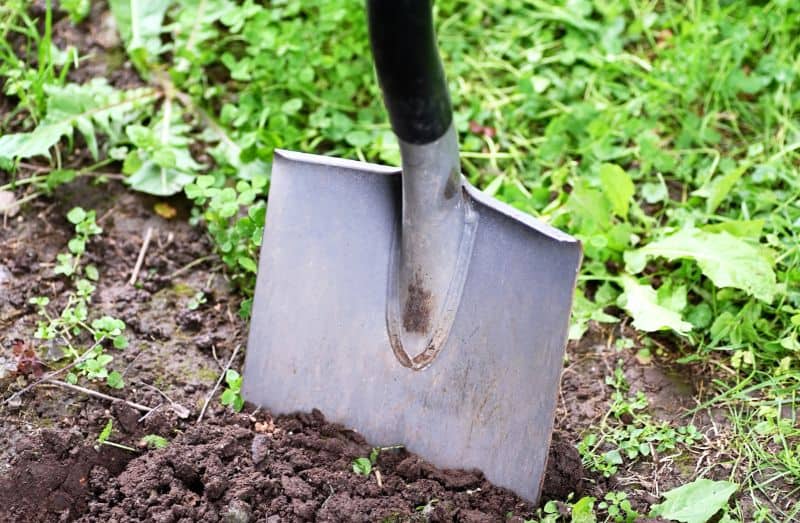
The foundation of a successful garden lies in quality soil. Preparing your garden bed properly ensures that plants get the necessary nutrients and support for healthy growth.
Steps for Soil Preparation
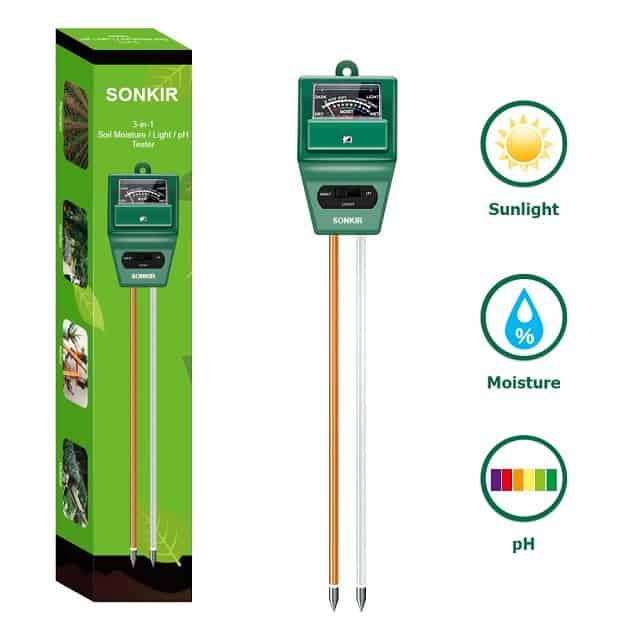
Testing Soil Quality: Start by testing the pH and nutrient levels of your soil. Home test kits are widely available and will provide insights into how to amend your soil. Most vegetables prefer a slightly acidic to neutral pH (around 6.0 to 7.0). It’s crucial to understand your soil composition, as this will influence your choices for fertilizers and amendments.
Clearing the Area: Remove any weeds, rocks, and debris from the selected gardening area. This not only enhances the visual appeal but also prevents competition for nutrients. Be sure to dig out the roots of perennial weeds, as they can regrow if left in the soil. A hoe or hand trowel can be useful for deeper digging or stubborn growth.
Amending the Soil: After clearing, it’s time to amend your soil. Incorporate organic matter, such as compost, leaf mold, or well-rotted manure. These materials enrich the soil, improving its structure and fertility. They will increase moisture retention, encourage microbial activity, and provide essential nutrients. A good rule of thumb is to use a 2:1 ratio of garden soil to compost when creating your garden beds.
Tilling: After incorporating organic matter, till the soil to a depth of 12-15 inches. This will aerate the soil and encourage the growth of roots. Be careful not to over-till, as this can lead to soil compaction. When tilling, take care to avoid damaging any earthworms or beneficial microorganisms that are essential for a thriving ecosystem.
Choosing Plants for May
When selecting plants to start your garden in May, consider both your climate and your personal culinary preferences. May is a versatile month for planting; here’s a breakdown by categories of what to consider.
Vegetables
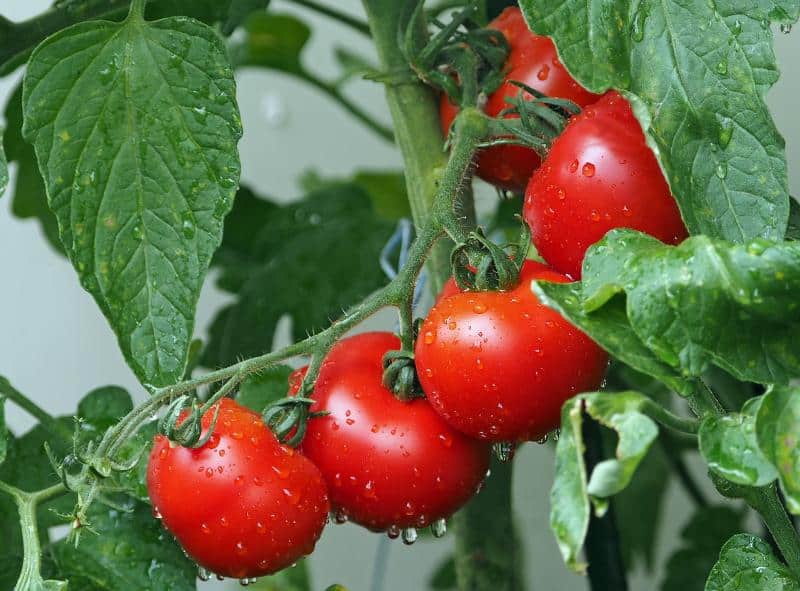
Warm-Season Crops: May is the perfect time to start warm-season vegetables such as tomatoes, peppers, cucumbers, and squash. These crops thrive in the rising temperatures and will flourish if planted after the last frost. Look for hardy varieties suited to your local climate, and consider varieties that offer disease resistance, which can help ensure a successful harvest.
Direct Sowing: Many gardeners choose to directly sow seeds like beans, corn, and carrots in May. These crops establish quickly and offer an early harvest if your garden is well-prepared. When direct sowing, consider planting in batches to extend your harvest window. For example, planting a successive batch of lettuces every couple of weeks can provide a steady supply without overwhelming you with harvests.
Leafy Greens: Depending on your local climate, consider planting quick-growing leafy greens such as lettuce, spinach, or Swiss chard at the beginning of the month. These crops can tolerate slight temperature fluctuations and provide early yields. You can mix different varieties for both color and flavor, creating a visually appealing harvest.
Herbs
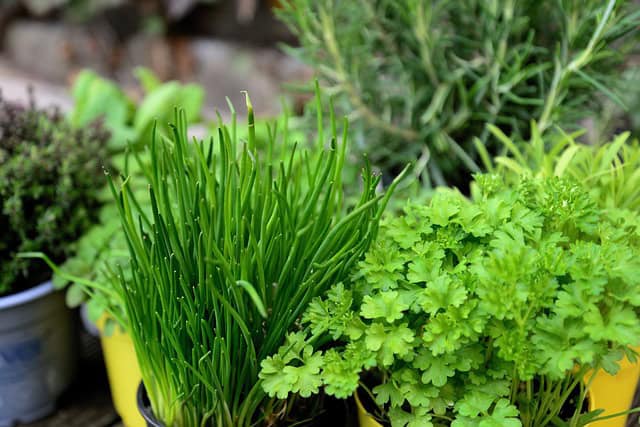
May is a great time to introduce a variety of herbs into your garden:
Basil: This flavorful herb pairs wonderfully with tomatoes and is a favorite among home cooks. Consider growing different types, such as sweet basil for pesto, Genovese basil, or even Thai basil for an exotic touch.
Cilantro: Perfect for salsa or garnishes, cilantro can be planted from seed directly in the ground, providing a lovely alternative to store-bought herbs.
Thyme and Oregano: These perennial herbs offer year-round flavor and are excellent for garden planning. Once established, they require minimal care and can thrive in poorer soils, making them an excellent choice for new gardeners.
Flowers
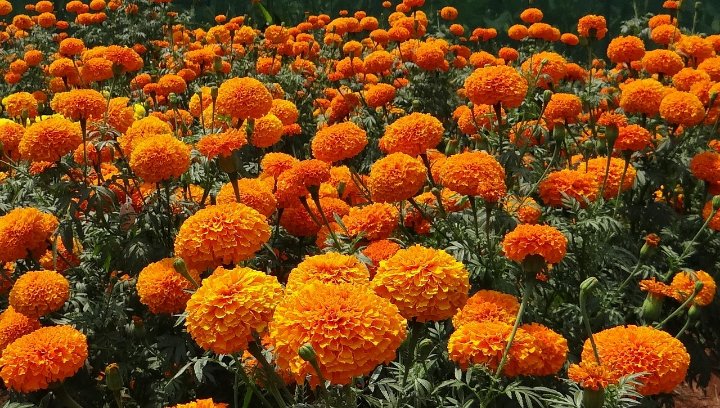
Don’t forget to include a colorful array of flowers! They can attract beneficial insects to your garden, help with pollination, and enhance the overall beauty of your garden.
Petunias: These vibrant flowers are easy to grow and come in various colors, adding cheer and visual interest.
Marigolds: In addition to their beauty, marigolds naturally deter pests and make a stunning border, providing functional beauty.
Zinnias: With bright blooms and resilience to hot weather, zinnias are perfect for adding vibrant cheer to your garden while drawing in pollinators.
Planting Techniques
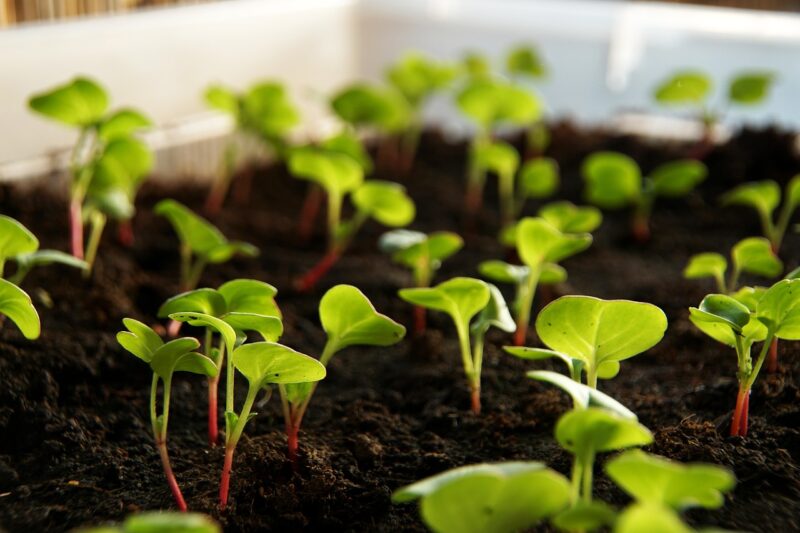
After you’ve selected the right plants, the next step is to implement effective planting techniques. Proper planting sets the stage for your plants to thrive.
Transplanting Seedlings
If you’ve grown seedlings indoors or purchased them from a nursery, careful transplanting is necessary.
Shock Reduction: To reduce transplant shock, water your seedlings thoroughly prior to relocating them outdoors. Gradually acclimate them to outdoor conditions (a process called hardening off) by placing them outside for a few hours in a shaded area, gradually increasing their sunlight exposure and the length of time over several days.
Correct Depth: Ensure you plant seedlings at the correct depth. Generally, the top of the soil in the pot should be level with the surrounding soil when planted. For certain crops, like tomatoes, you can plant deeper to promote strong root systems.
Spacing: Follow recommended spacing guidelines to prevent overcrowding. Overcrowded plants can compete for nutrients and may lead to poor growth. Be sure to read seed packets or label guidelines for specific spacing recommendations, adjusting for local growing conditions as necessary.
Direct Sowing Seeds
For seeds sown directly in the soil:
Soil Preparation: Make sure the soil is loosened and raked smooth to ensure good seed-to-soil contact. Remove any large clumps that could inhibit germination.
Seed Depth: Check the seed packet for depth instructions, as different seeds have varying requirements. Generally, larger seeds can be sown deeper than smaller ones.
Watering: After sowing, gently water the area to settle the soil around the seeds without washing them away. Keep the soil moist but not saturated until the seeds germinate. A light mulch can help retain moisture and prevent weeds.
Watering Wisely
Efficient watering techniques are key to a thriving garden. Establishing the right watering regimen will help your plants develop strong root systems while ensuring they remain healthy and vibrant.
Understanding Water Needs
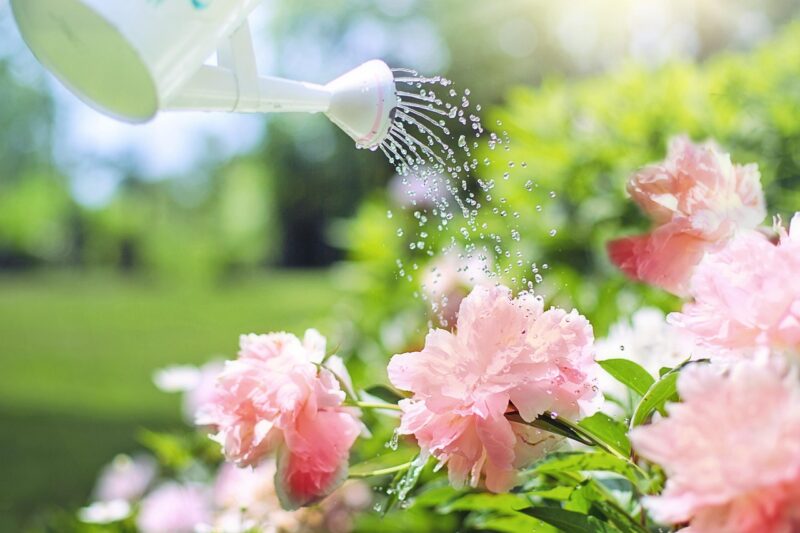
Soil Moisture Tests: Use your finger to check the moisture level a couple of inches below the surface. If it feels dry, it’s time to water. As your plants grow, they will consume more water, so careful observation is essential.
Watering Schedule: Early mornings are the best time to water, as it minimizes water evaporation and prepares plants to face the heat of the day. Aim to water infrequently but deeply, encouraging deep roots instead of shallow surface roots.
Deep Watering: Focus on deep watering strategies, using soaker hoses or drip systems when possible. Deep watering encourages richer root development and can help plants withstand drought later in the growing season.
Drip Irrigation Systems
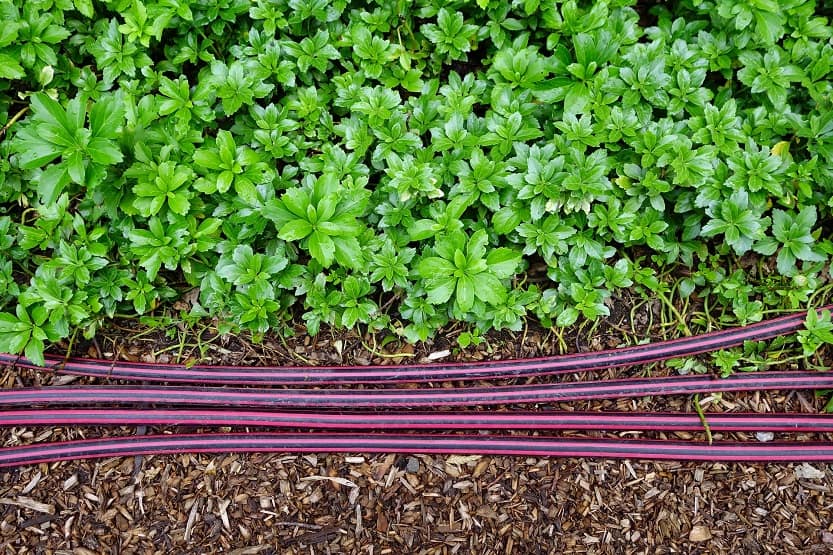
Consider installing a drip irrigation system or soaker hose for consistent moisture. This method conserves water and reduces the risk of fungal diseases associated with overhead watering. Systems can be customized to accommodate different plant groups and water needs.
Pest Management and Plant Care
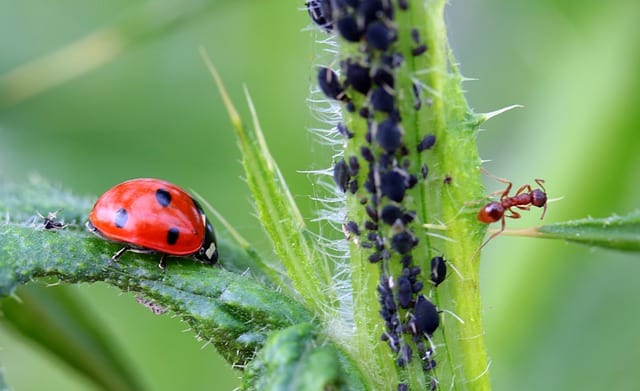
Pests can be a common concern for new gardeners; however, they can often be managed through proactive measures. Here are some strategies tailored for May gardening.
Preventative Measures
Regular Inspections: Make it a habit to regularly inspect your plants for early signs of pests. Look under the leaves and on the stems for any indications of aphids, spider mites, or other pests. Catching them early will make management easier.
Use Companion Plants: Incorporate natural pest deterrents in your garden. For example, growing garlic, chives, or nasturtiums alongside your vegetables can help repel pests, providing an organic way to maintain plant health.
Physical Barriers: Use row covers or netting to protect young plants from insects and birds while they establish. These coverings can be especially effective for delicate seedlings.
Organic Pest Control
Homemade Sprays: Create your pest control sprays with ingredients like garlic or chili. Blend these ingredients with water, let them steep, and strain before applying. These sprays can deter many common pests.
Beneficial Insects: Encourage beneficial insects, such as ladybugs and lacewings, which prey on harmful pests. Planting flowers that attract them, like dill and yarrow, can help balance your ecosystem.
Crop Rotation: Implement crop rotation practices next season to break the pest life cycles that target specific plants. This practice can significantly reduce the pest population and improve soil health.
Fertilizing Your Garden
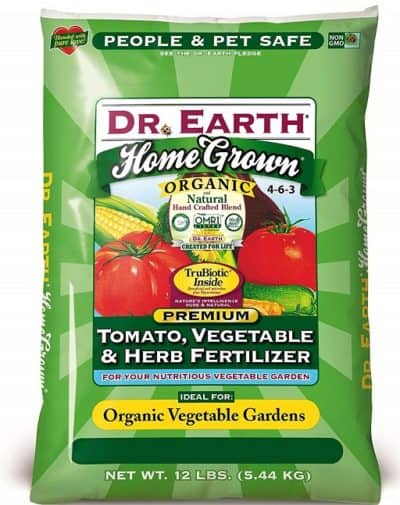
Integrated fertilization can bolster the health of your plants throughout the growing season. Each plant may have different nutrient requirements, but general guidance can be beneficial.
Types of Fertilizers
Organic Options: Consider organic fertilizers, such as compost, fish emulsion, or bone meal. These options enrich the soil while fostering beneficial microbial activity that can improve plant vigor.
Chemical Options: If you choose synthetic fertilizers, follow label instructions carefully to avoid over-fertilizing. Over-fertilization can harm plants and degrade water quality. Use slow-release fertilizers to provide longer-lasting nutrients throughout the growing season.
Fertilizing Schedule: Generally, it’s advisable to fertilize at planting and once every 4 to 6 weeks throughout the growing season, adjusting based on plant health. Observing your plants can provide cues; yellowing leaves may indicate a lack of nutrients.
Enjoying Your Garden: Harvesting and Maintenance
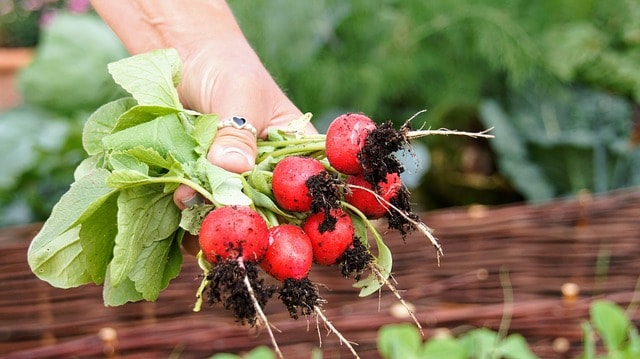
As time goes on, your hard work will begin to bear fruit—both literally and figuratively! Once plants mature, your focus will shift toward harvesting and enjoying the fruits of your labor.
Harvesting Tips
Know the Right Time: Familiarize yourself with the signs of maturity for each plant. For instance, tomatoes should feel slightly firm and develop vibrant color before harvest. Refer to specific guidelines for the ideal time to pick other crops.
Gentle Handling: Use sharp scissors or pruners to avoid damaging plants and their fruits during harvesting. Be gentle to maintain the health of remaining branches and leaves; rough handling can stress the plant.
Timing Matters: Harvesting in the morning, when temperatures are cooler, will help preserve freshness. Additionally, crops like leafy greens can have a sweeter flavor after a rain—consider harvesting post-rain to enjoy enhanced flavor profiles.
Ongoing Maintenance
Weeding: Stay vigilant with your weeding routine. Weekly weeding sessions can prevent weeds from overtaking your garden beds. Consider mulching as a means to suppress weed growth.
Pruning and Deadheading: Regularly prune plants as needed and deadhead flowers to encourage reblooming and improve airflow, which can reduce disease. Removing faded blooms encourages plants to focus their energy on producing new flowers.
Seasonal Transition: As your garden matures, begin planning for the next season. In late summer, consider what worked well and what changes might be needed for a more bountiful harvest next year. Documenting your successes and failures will equip you with knowledge for future gardening endeavors.
Final Thoughts on Starting a Garden in May
Setting out on a gardening journey in May opens a world of possibilities. By planning effectively, preparing the soil, selecting suitable plants, and employing thoughtful care measures, you can cultivate a thriving garden that nourishes both your body and your soul.



